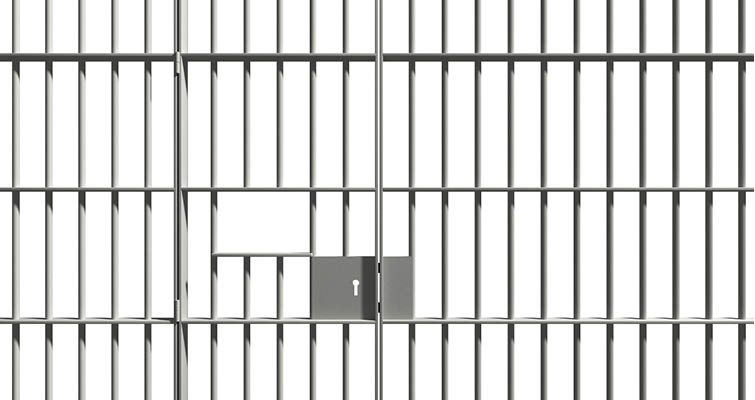
The New Zealand Department of Corrections was under strain. On any given day in 2007-2008 it was managing 35,000 offenders serving 40,000 community sentences and orders, and around 8,000 prisoners. In addition, Corrections provided information and support to the courts and parole boards to assist with sentencing and parole decisions. The prison population was growing, already by 50 percent over a decade, and to cope with the demand staff numbers were increasing too. As Corrections sought ways to handle the rising prisoner rates, a new national government was elected. Coming to power in 2008, they promised two things that made Corrections all the more nervous. Firstly, with an economy in recession there would be a crackdown on state service spending and public sector restraint. Secondly, the new government would be tough on crime. It was now up to the Department to balance public expectation with public funds in a system that had the second highest incarceration rates in the western world.
This case is ideally suited for group work, to consider what strategy the Corrections Department should adopt to manage the pressure of numbers at a time of financial restraint. Part A is useful in discussions of strategic management with questions of public value, and in a discussion about justice and corrections more generally.
Read more:
Part B is an epilogue, describing the Department of Corrections’ strategy in further detail.
- Authors: Marinella Padula
- Published Date: 26 July 2013
- Author Institution: ANZSOG
- Featured Content Length: 6
- Content Length: 4
- Product Type: Part A, Primary resources
Case study
Download the case study: crowded_house-the-new-zealand-prisons-dilemma-a-2013-150-1-cc (PDF 468 KB)
